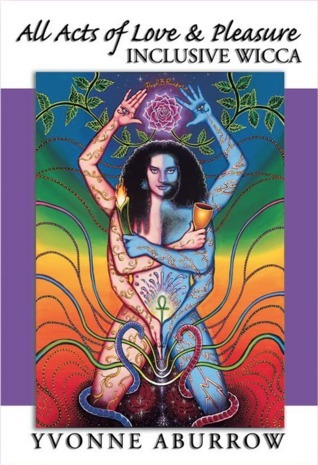Building dwellings out of wood is a great thing to do. We currently live in a house whose core is an old log cabin, and it is pretty darn snug in the winter. My previous house was built out of stone, with walls a foot thick, and it could be quite cold and damp. So why do cultures that build their dwellings out of wood get dismissed and belittled for it?
Saxon architecture was dismissed by the Normans for building in wood (although the Anglo-Saxons did build stone churches, a number of which are still extant). There’s also an amazing 11th century wooden church in Greenstead, Essex, which is apparently fairly similar to how Anglo-Saxon pagan temples would have looked.
The Celts also built in wood (and I think were looked down upon by the Romans for doing so). I would think that Celtic roundhouses were quite snug in the winter. Their conical roofs are great for storing meat and herbs, too, as the smoke from the fires gathers among the rafters and preserves things nicely.
The Indigenous architecture of Turtle Island was dismissed by European invaders for building in wood, despite some of the amazing structures that the various Indigenous Peoples built. Indigenous Peoples also had maps, cities, invented canoes, had complex farming practices, and knew how to manage forests to prevent wildfires, among other things. They grew corn, beans, and squash together (the Three Sisters) and had numerous medicinal and practical uses for corn. They also know the medicinal and food uses of many other plants.
Different regions of Turtle Island had different building styles, depending on climate. In Ontario, the Haudenosaunee and the Wendat people lived in longhouses. Here are some photos of a reconstructed Haudenosaunee longhouse on the Six Nations Reserve.

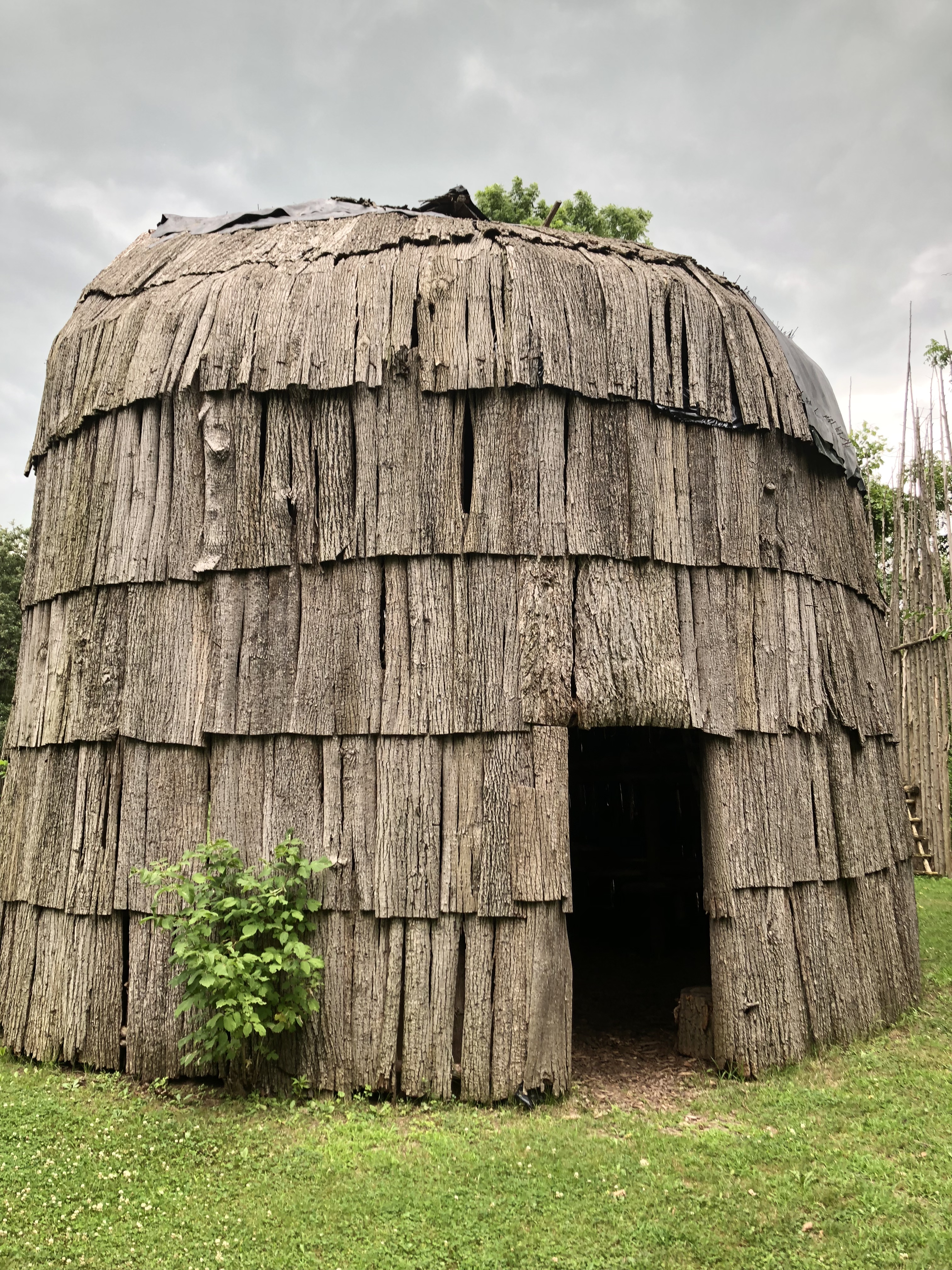

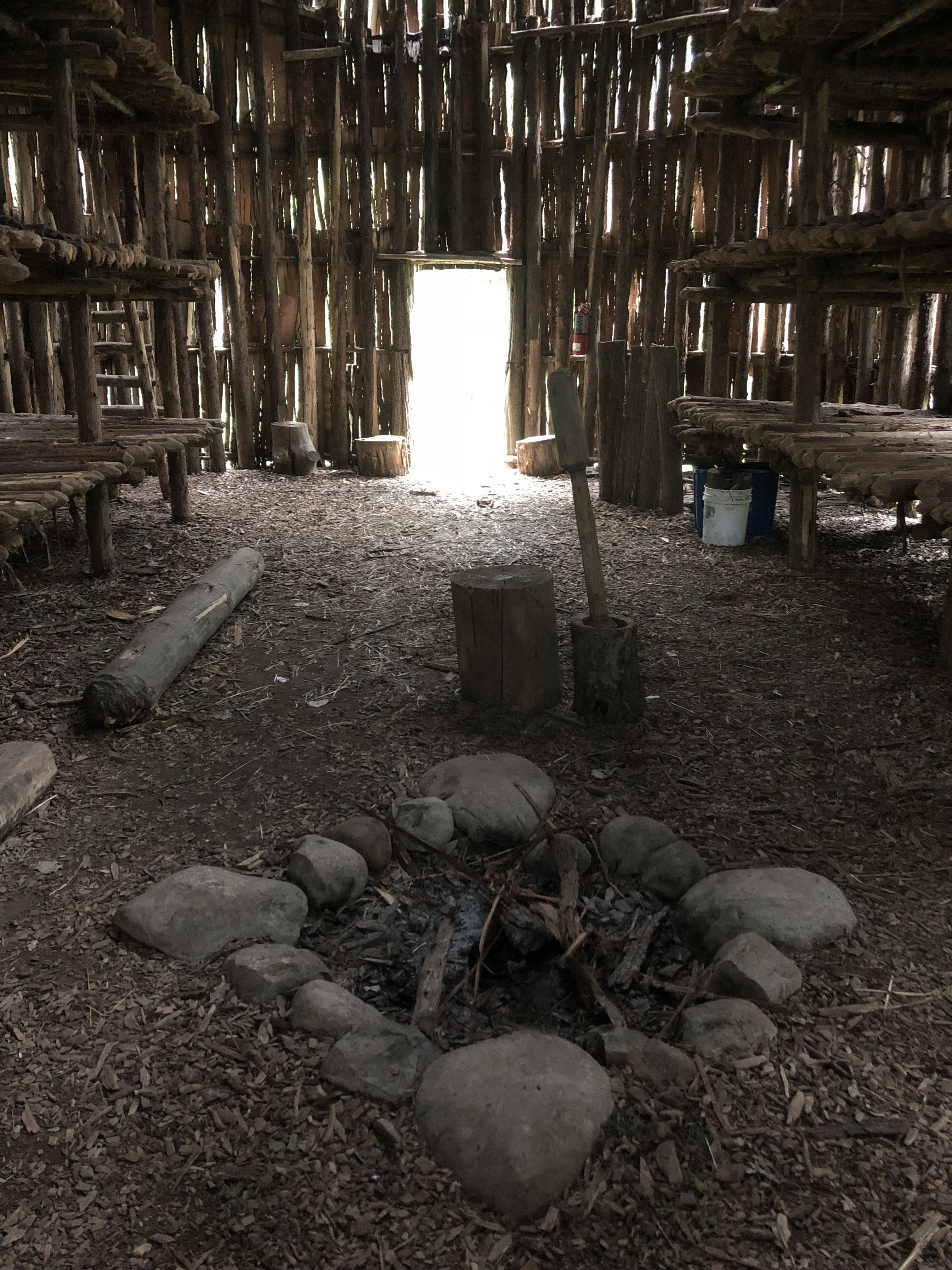


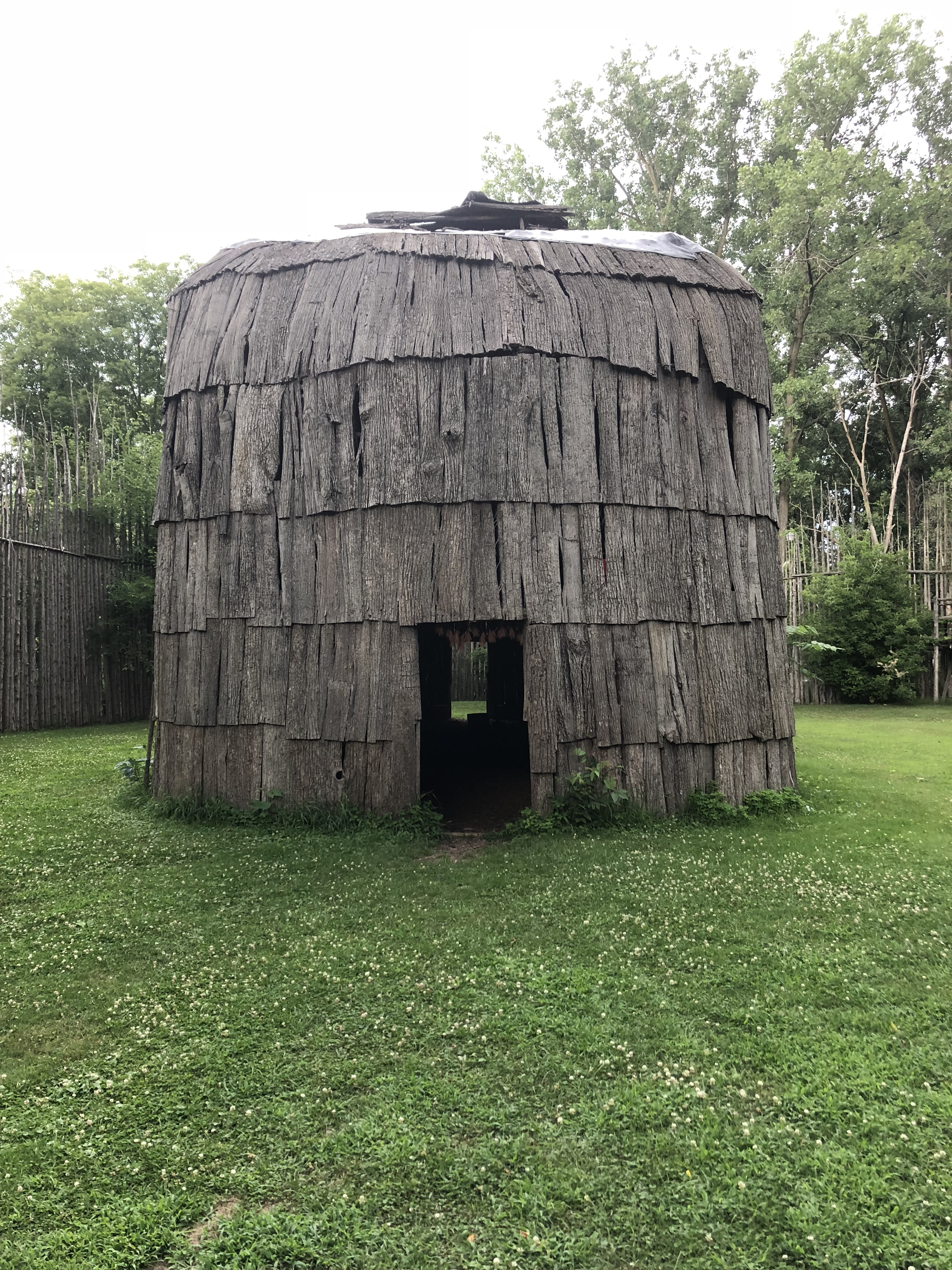
Some people have criticized Indigenous people for not inventing the wheel. Actually they did have wheeled toys. But in a land like Turtle Island, it is much faster to travel by water than overland. (This was also the case in Britain and Europe until the advent of tarmac/asphalt and the combustion engine. And we all know how the combustion engine has turned out: a source of massive pollution and climate change.) There is literally no point in having wheels without an extensive network of roads.
Building in wood can be a very sustainable option, although wood from old-growth forests is not. Prior to the need for trees to capture large-scale industrial carbon emissions, this wasn’t an issue, of course.
In 2017, we visited the museum of anthropology at the University of British Columbia (it was one of the items on my bucket list) and saw these west coast longhouses, and many wonderful carved items:

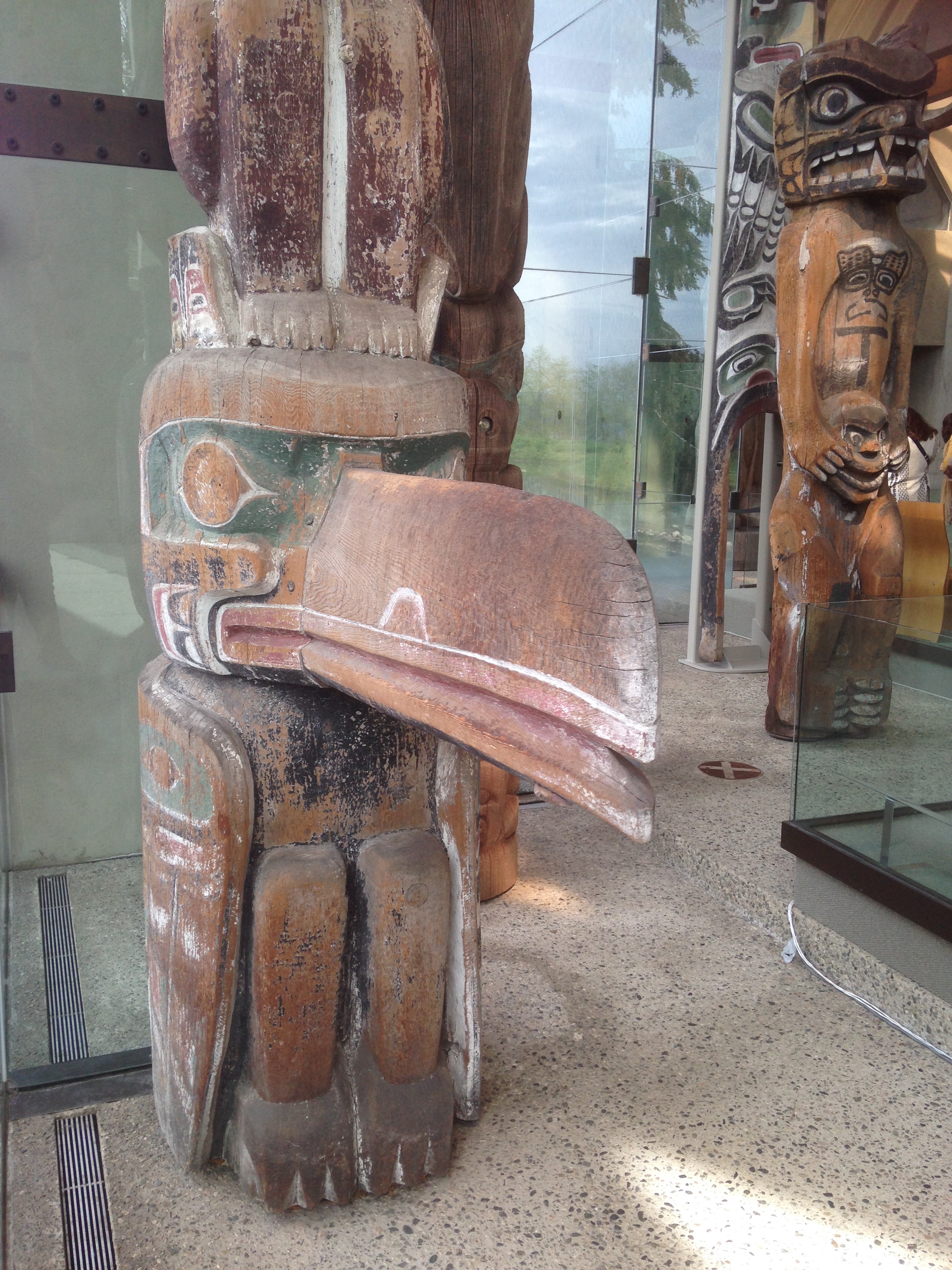



The last photo is of potlatch dishes. The potlatch was banned until 1950.
Wooden buildings are also excellent in places like Japan and California where there are frequent earthquakes.
So I have no doubt whatsoever that belittling other cultures for building in wood is a racist justification for colonialism.
In order to live communally (especially in smaller wooden buildings like the hogan, the wickiup, the yurt, or a Celtic roundhouse) you need complex systems of etiquette to ensure privacy and prevent squabbles. These cultures were not simple.
Why Pagans should care
The great thing about Indigenous Peoples around the world is that they live in harmony with the Earth (this is practically synonymous with the definition of indigeneity).
Here is the United Nations’ definition of indigenous:
Indigenous peoples are inheritors and practitioners of unique cultures and ways of relating to people and the environment. They have retained social, cultural, economic and political characteristics that are distinct from those of the dominant societies in which they live.
It’s also worth noting that 80% of the world’s greatest biodiversity is under the guardianship of Indigenous Peoples.
Recent research demonstrates that while the world’s 370 million indigenous peoples make up less than five percent of the total human population, they manage or hold tenure over 25 percent of the world’s land surface and support about 80 percent of the global biodiversity.
How you can help
You can help by donating to Cultural Survival, Survival International, and the First Nations Child and Family Caring Society.
Spread the word about the United Nations Declaration on the Rights of Indigenous Peoples. This was co-drafted by Art Manuel, a chief of the Shuswap Nation and author of The Reconciliation Manifesto.
Challenge stereotypes about Indigenous Peoples whenever you can.
Challenge cultural appropriation whenever you can.
If you enjoyed this post, you might like my books.
